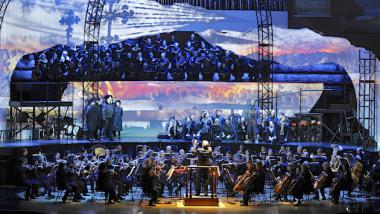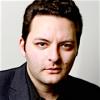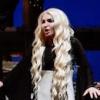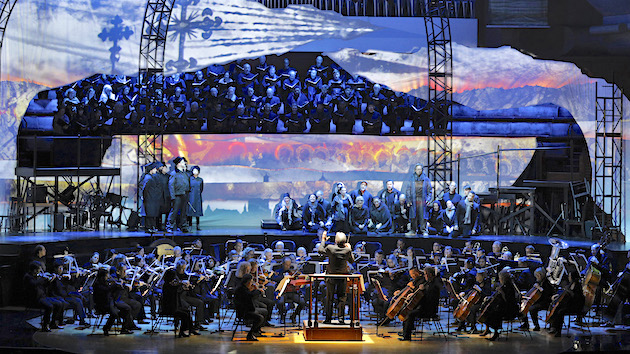
Hindsight is 20/20, I know — plenty of great works were originally ignored. Still, it’s hard to see exactly what deficiencies Rimsky-Korsakov, Shostakovich, and a few lesser composers identified in Mussorgsky’s Boris Godunov, an opera they all revised. At least in the semi-staged version (Mussorgsky’s original, with one additional scene from his subsequent edit) performed by the San Francisco Symphony last weekend, Boris is already great.
At a little over two hours of music, this version is a tidy but forceful opera. The story, about the rise and demise of the 16th-century tsar, is fast-paced yet coherent, and the libretto — by Mussorgsky himself — is never wordy (you can’t say this of the other opera happening in San Francisco this month).
In fact, Boris has everything: the town scene, the domestic scene, the pub scene, the church scene, the drawn-out death scene, all model-perfect. If there’s any deficiency in this version, it’s the comparative lack of female characters (whatever happened to Boris’s wife?) — though on Friday night, both Catherine Cook, as the accommodating innkeeper, and Jennifer Zetlan, as the mourning daughter, had strong presences.
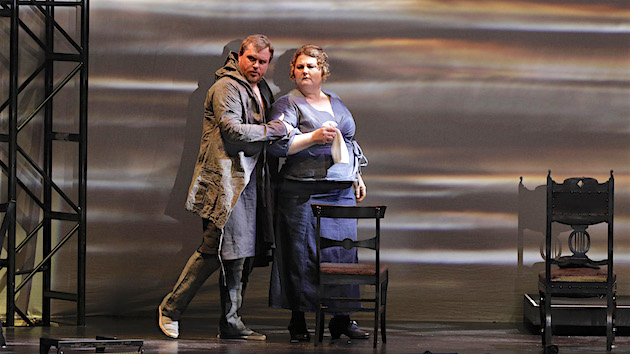
As directed by James Darrah, the S.F. Symphony production successfully straddled too much and not enough. A substantial set covered the walls of Davies Symphony Hall, but the videos projected on it were subtle and abstract. Some members of the Symphony Chorus were featured onstage, in costumes, but the rest were up in Center Terrace, wearing their normal concert black.
In the first few scenes, the stylized movements of a small cohort of dancers felt tired; the bodies’ exaggerated flanking of the hermit Pimen, for example, added no value to that scene. On the other hand, when they acted more naturally, as basically supremely coordinated supernumeraries, the dancers made the scenes feel all the more real.
The immediacy was exciting. The singers often moved through the house; when Grigory, the pretender to Boris’s throne, ran for escape, he went so quickly past my seat that the wind ruffled my hair. Occasionally, physical distance created a bit of an impressionistic effect regarding the beat, but the whole ensemble, conducted by Michael Tilson Thomas, was still strong.
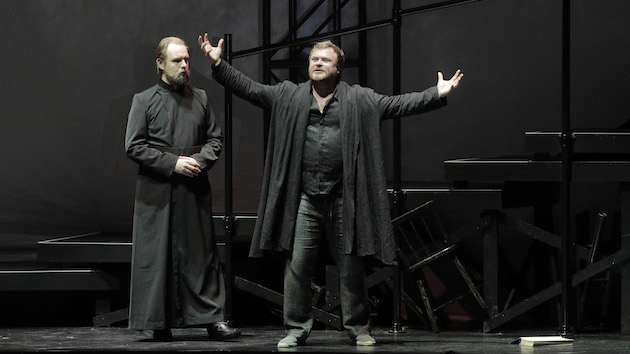
The scene of the boyars’ vote, with men’s chorus, was a major highlight; even from behind the stage, their interplay was captivating. Aleksey Bogdanov characterized the secretary Shchelkalov with nuance and gravitas, and Stanislav Mostovoy brought pathos to the role of the Holy Fool. The two drunken friars were a delight — the sweet Ben Jones (Missail) and Vyacheslav Pochapsky (Varlaam), whose charisma and comedic timing were outstanding. Philip Skinner was a menacing bully (Nikititsch).
In this ensemble piece, it does take some time for Boris to become the hero. At first, I couldn’t help but root for Grigory: he’s so enterprising, and there’s so much life in him, especially as sung by Sergei Skorokhodov. In his movements, he owned the role, lighting up every scene he appeared in.
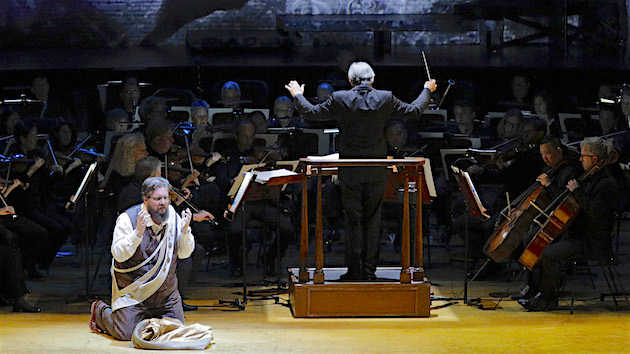
But in Scene 5, we finally witness Boris’s inner turmoil, his guilt over the murder of the 8-year-old tsarevich — the real heir, whom Grigory impersonates. On cue, Stanislav Trofimov needed nothing more than his expressive singing and convincing acting to make this or the later death scene powerful.
Mussorgsky’s score, criticized at the time for lacking sophistication, is in fact brilliantly protean. Recitatives, in particular, take after Italian repertory — but orchestrations here have nary a perfunctory dominant plop. The many religious songs draw compellingly from Russian chant.
Everywhere, images abound: unrelenting repeated notes for the toiling peasants, and whirling lines as tensions mount in the crowd. The scene between Grigory and Pimen (Maxim Kuzmin-Karavaev) is a study of contrasting personalities: smooth, slow-moving lines for the older man (a kind of less benevolent Sarastro) and tempestuous, heroic music for the ambitious and excitable novice. And of course, there are the magnificent bells: a huge carillon, played by Victor Avdienko.
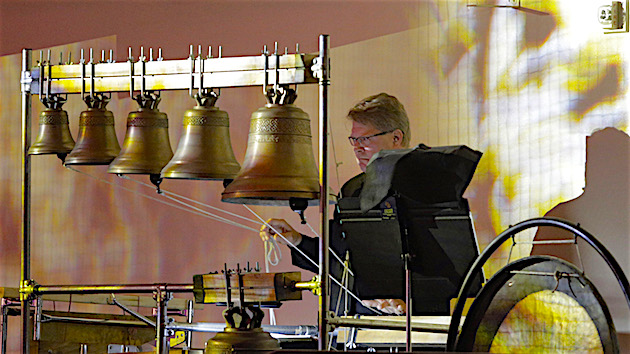
Spectacle was obviously in limited quantity, and yet Boris’s ascension to the throne, his yellow robes catching the light, managed to be opulent. The final mob scene was terrifying, the rate of activity dizzying, and the acting intensely physical (those Jesuit priests could have used stunt doubles).
With production values so high, S.F. Symphony’s Boris can’t be cheap — but it’s surely less expensive than mounting a fully staged opera. If something like this came along just three or four times a season, I bet it would be well worth the cost.

